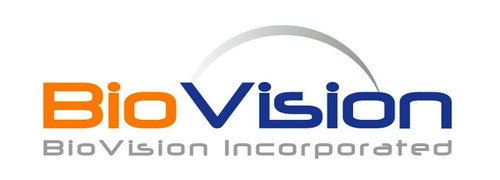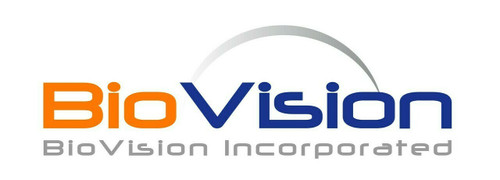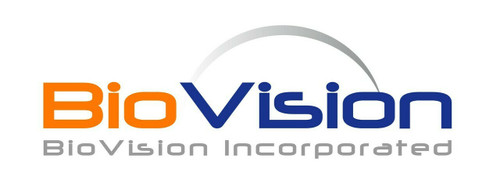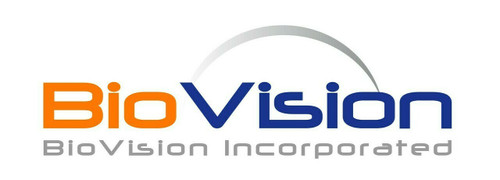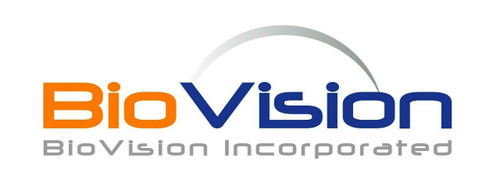Product Description
Hi-BindTM Protein A-Agarose beads are specially prepared for high IgG binding by covalently coupling recombinant Protein A to 6% cross-linked Agarose beads, the most popular resin for protein affinity purification methods. BioVision’s Protein A (Cat. # 6500, Cat. # 6500B) is a genetically engineered protein containing five IgG-binding regions of native Protein A. The cell wall binding region, albumin binding region and other non-specific regions have been eliminated from the recombinant Protein A to ensure the maximum specific IgG binding. The coupling technique is optimized to give a higher binding capacity for IgG & minimum leaching of recombinant Protein A than the other regular Protein-A Agarose on the market. The IgG binding capacity of Hi-BindTM Protein A-Agarose is ≥ 36 mg human or rabbit IgG per ml of wet beads. The Hi-BindTM Protein A-Agarose beads display high chemical & physical stability as well as high flow rate, hydrophilicity & high gel strength. It can be used for IgG purification and immunoprecipitation.
Biovision | 6520 | Hi-Bind™ Protein A-Agarose DataSheet
Sort Name: Protein A-Agarose
Label Name: N/A
Taglines: Reusable Protein A conjugated hi bind agarose beads with ≥36 mg/ml binding capacity & 2.89 ml/min flow rate for antibody purification from multiple sources
Product Highlights: • CONTENTS: Supplied as 50% slurry in 20% Ethanol/H2O. • FEATURES: - HIGH BINDING CAPACITY: Binding of IgG ≥ 36 mg human or rabbit IgG/ml Protein A-Agarose. - MINIMAL LEACHING OF THE LIGAND - FLOW RATE TESTED*: 2.89 ml/min *Test condition: Calculations based on the time required to pass 18 ml of water through 2 ml settled beads (column diameter 1.5 cm). - MAXIMUM FLOW RATE* = 1800 cm/hr; minimum leaching of recombinant Protein A. NOTE * = the highest flow that beads withstand for 1 min, without collapsing and the pressure reaching 1 MPa. - USAGE: Reusable for up to 10 times without significant loss of binding capacity. • APPLICATIONS - Purification of monoclonal and polyclonal antibodies from culture media, serum, ascites fluid or hybridoma supernatants. - Isolation of antibody/antigen complexes in immunoprecipitation experiments, since only the Fc region is involved in antibody binding and the Fab region is available for binding antigen.
Packaging: EA
 Euro
Euro
 USD
USD
 British Pound
British Pound
 NULL
NULL





